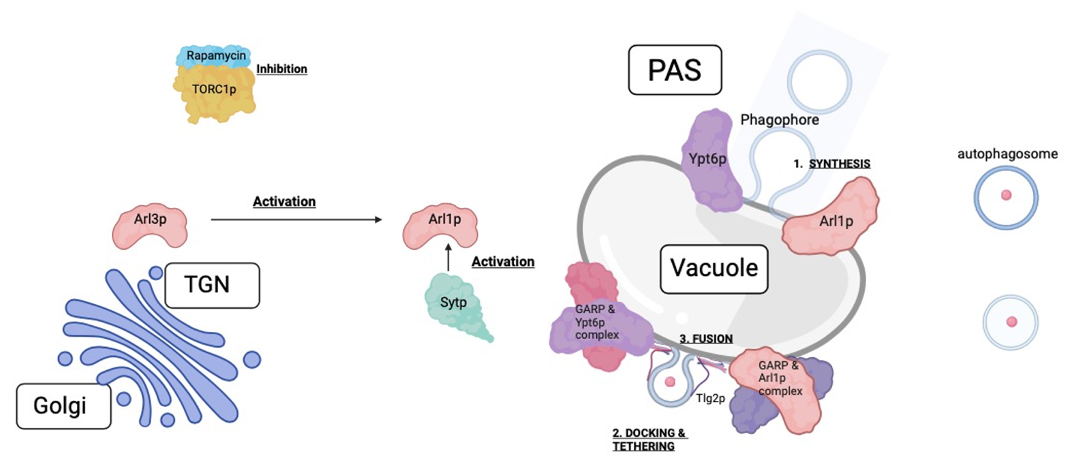Downstream Effects of the Atp4Δ Mutation in Saccharomyces cerevisiae
Abstract
Expression of atp4 in yeast cells produces subunit 4, a structural component of ATP synthase in the mitochondria embedded in the membrane and making up the peripheral stalk. The gene is thought to have a role in the oligomerization of ATP synthase, which contributes to the curvature of the mitochondrial membrane, cristae formation, and membrane stability. Studies have shown that in the absence of this gene, yeast cells display abnormal mitochondrial structures and membrane instability, supporting this idea. Mutant strains had an overall smaller life span in comparison to the wildtype and displayed deficiencies in its growth and respiration, specifically its oxygen consumption rate and ATP levels. These results have suggested the role of subunit 4 in the assembly of the proper ATP synthase structure that drives these attributes. In addition to mitochondrial membrane stability and cell respiration, the protein may also have a role in mitochondrial genome maintenance. The gene’s potential involvement in mitochondrial DNA (mtDNA) replication has been proposed due to rapid losses of mtDNA in the mutant strain. Future studies addressing the gap in the literature surrounding the mechanisms driving these observations have been encouraged.
Downloads
Published
Issue
Section
License
Copyright (c) 2024 Brian Mgbiri

This work is licensed under a Creative Commons Attribution-NonCommercial 4.0 International License.



